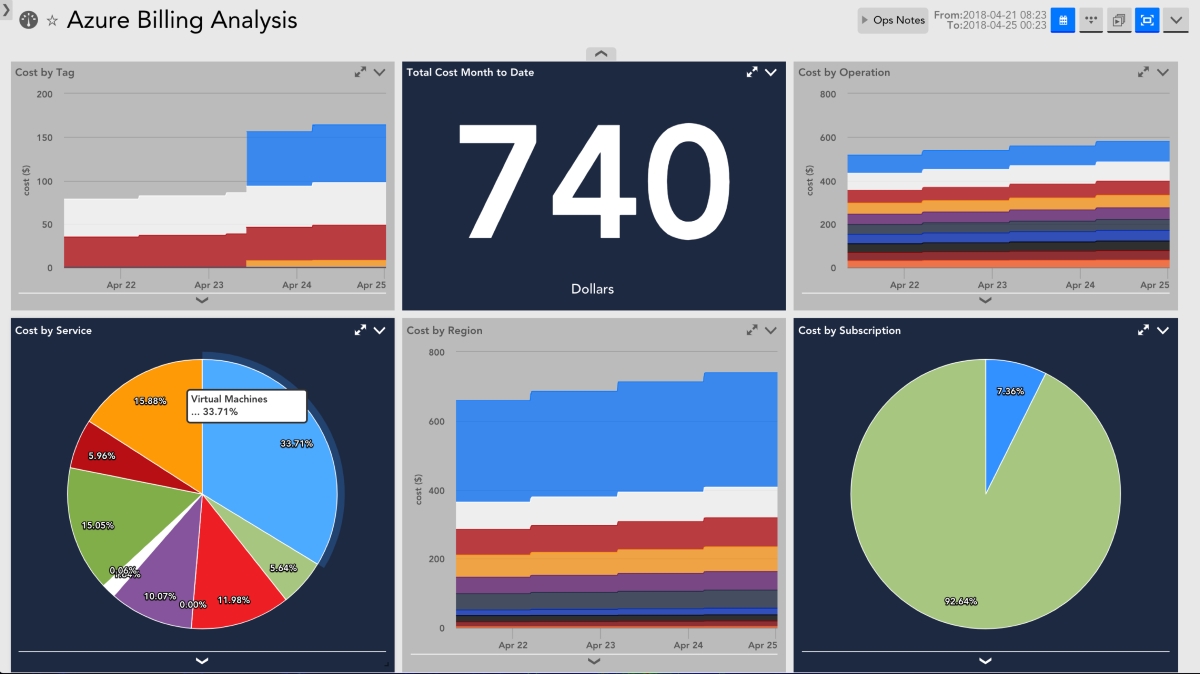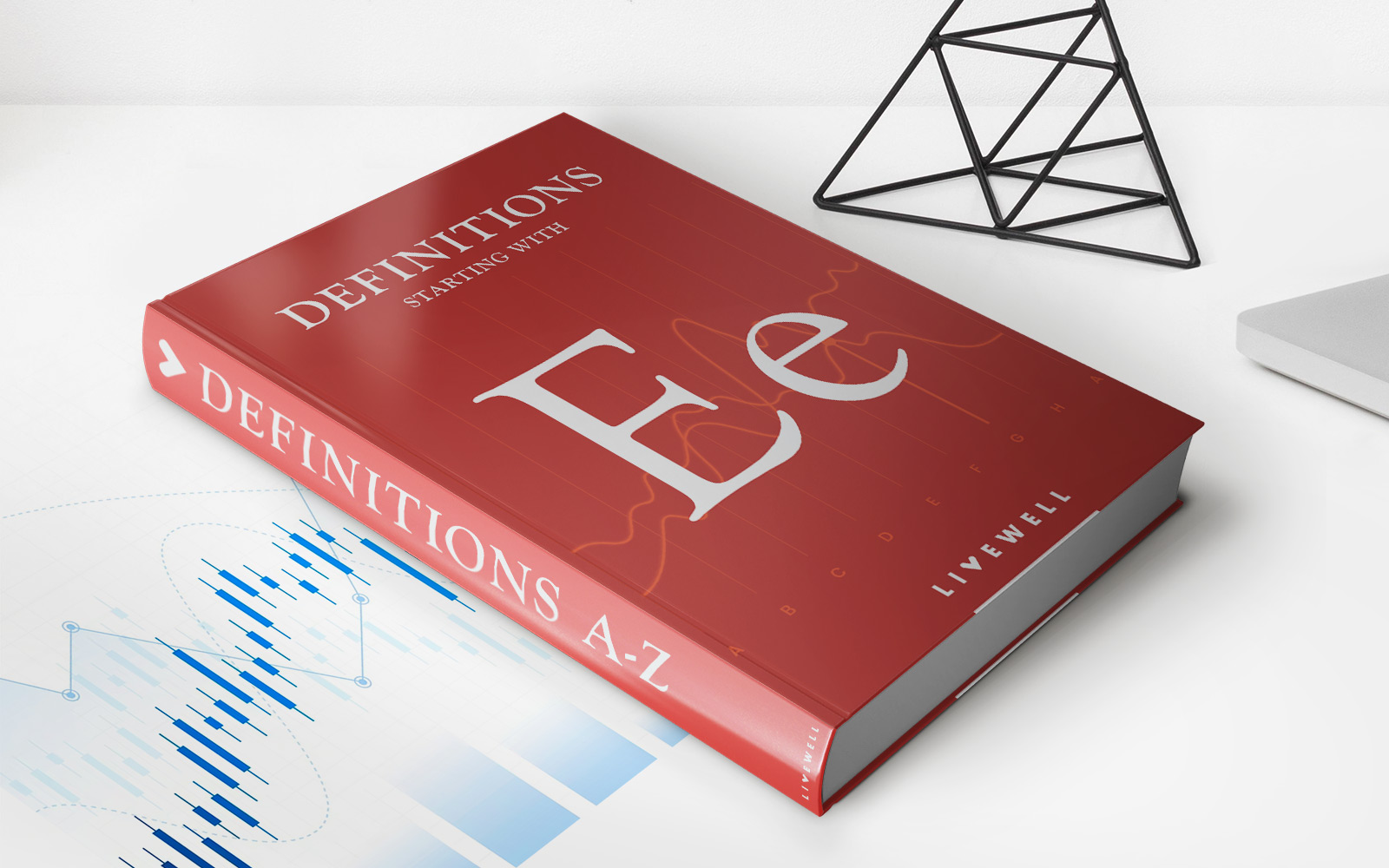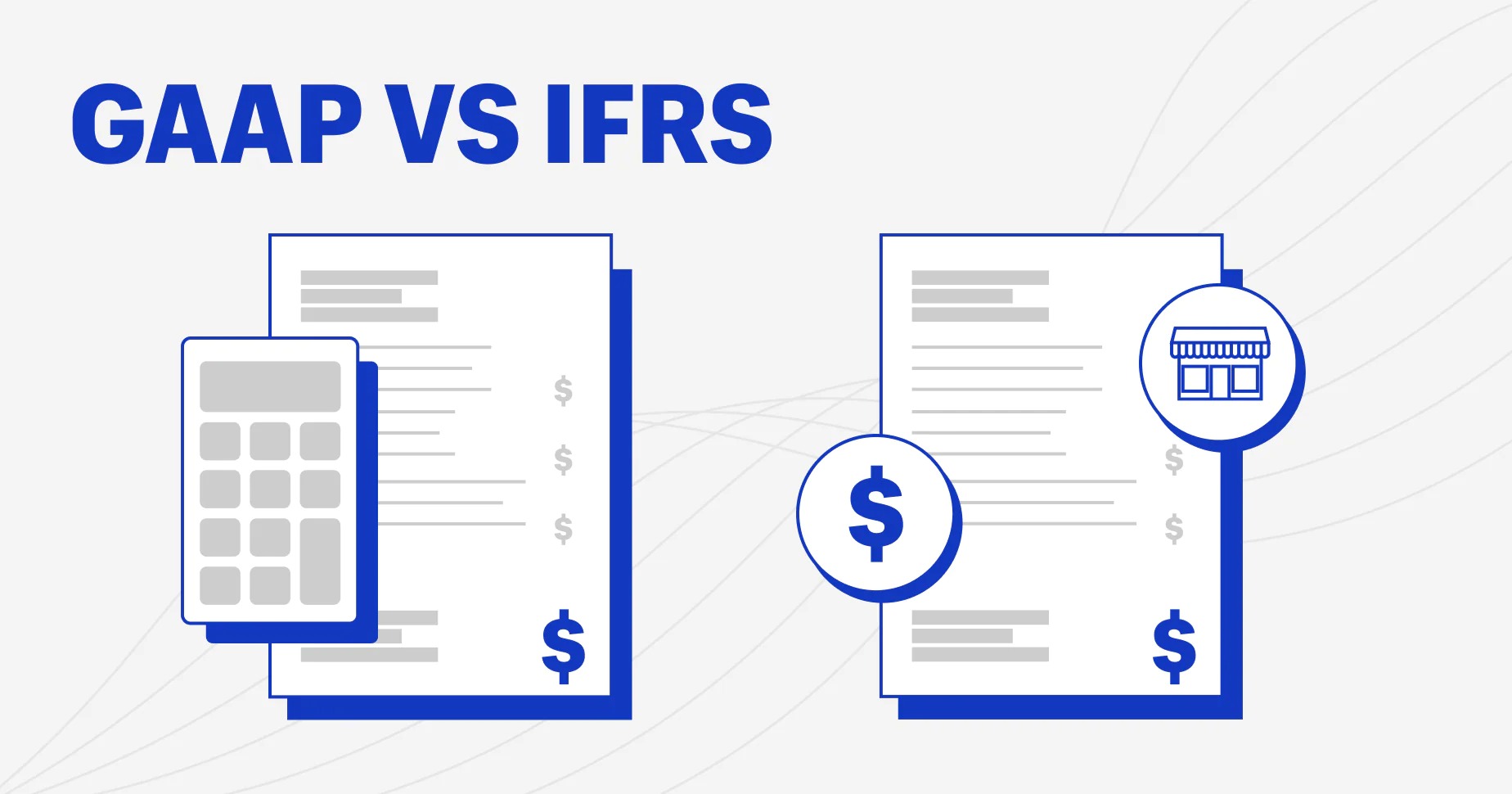

Finance
How To Know If My Loans Are Federal?
Published: February 17, 2024
Learn how to determine if your loans are federal or private. Understand the implications for your personal finance and repayment options. Get expert advice on managing your federal loans.
(Many of the links in this article redirect to a specific reviewed product. Your purchase of these products through affiliate links helps to generate commission for LiveWell, at no extra cost. Learn more)
Table of Contents
Introduction
Understanding the nature of your loans is crucial for effective financial planning and repayment strategies. In the realm of student loans, distinguishing between federal and private loans is of paramount importance, as it directly impacts the repayment options, interest rates, and eligibility for various programs.
Navigating the complex landscape of student loans can be daunting, especially for individuals who are new to the borrowing process. However, with the right information and guidance, you can confidently assess whether your loans are federal or private, empowering you to make informed decisions regarding your financial future.
In this comprehensive guide, we will delve into the intricacies of federal loans, shedding light on the characteristics that set them apart from private loans. By understanding the distinguishing features of federal loans, you will be better equipped to identify and confirm the nature of your own loans. Moreover, we will explore the various methods through which you can ascertain the federal status of your loans, providing you with actionable steps to gain clarity on this essential aspect of your financial portfolio.
Whether you are a recent graduate, a current student, or an individual with existing loans, this guide is designed to demystify the process of discerning federal loans from their private counterparts. By the end of this journey, you will possess the knowledge and insight necessary to confidently navigate the terrain of student loans, armed with the ability to determine the federal status of your loans and leverage this understanding to your advantage.
Understanding Federal Loans
Before delving into the specifics of identifying federal loans, it’s essential to grasp the fundamental characteristics of federal loans and comprehend how they differ from private loans. Federal student loans are provided by the government and offer distinct advantages compared to private loans. These advantages include fixed interest rates, income-driven repayment plans, potential loan forgiveness, and the absence of a requirement for a credit history or a cosigner.
One of the defining features of federal loans is that the interest rates are set by the government and remain fixed throughout the life of the loan, providing borrowers with stability and predictability in their repayment plans. Additionally, federal loans often offer more flexible repayment options, including income-driven plans that adjust the monthly payments based on the borrower’s income and family size, making them more manageable for individuals facing financial challenges.
Furthermore, federal loans may qualify for loan forgiveness programs, such as Public Service Loan Forgiveness (PSLF) or Teacher Loan Forgiveness, providing opportunities for borrowers in specific professions to have a portion of their loans forgiven after meeting certain criteria. These programs are unique to federal loans and are not typically available for private loans.
Unlike private loans, federal loans do not require a credit history or a cosigner, making them accessible to a wider range of students, including those with limited or no credit history. This accessibility is a significant advantage for individuals who may not have a strong financial background or a cosigner to support their loan application.
By understanding these key distinctions, borrowers can gain a clearer picture of the benefits associated with federal loans and make informed decisions regarding their borrowing options. Armed with this knowledge, individuals can proceed to identify and confirm the federal status of their loans, enabling them to leverage the advantages offered by federal loan programs for their financial well-being.
Identifying Federal Loans
Once you comprehend the distinguishing features of federal loans, the next step is to identify whether your existing loans fall into this category. Federal loans are typically granted through the U.S. Department of Education, and they include various types such as Direct Subsidized Loans, Direct Unsubsidized Loans, Direct PLUS Loans, and Federal Perkins Loans. Private loans, on the other hand, are offered by private financial institutions and lack the federal benefits and protections associated with government-backed loans.
One common method to differentiate federal loans from private loans is to review the loan documentation provided at the time of borrowing. Federal loans are accompanied by Master Promissory Notes (MPNs) and entrance counseling materials, which are mandatory components of the federal loan application process. These documents outline the terms and conditions specific to federal loans and serve as indicators of the loan’s federal status.
Additionally, federal loans are listed on the National Student Loan Data System (NSLDS), a centralized database that provides a comprehensive overview of federal student aid, including loan details and servicer information. Accessing the NSLDS can help borrowers verify the federal status of their loans and gain insights into the specific loan types and servicers associated with their borrowing history.
It’s important to note that while federal loans are typically serviced by designated loan servicers, the original lender may not always be the same entity as the loan servicer. Therefore, borrowers should be mindful of the distinction between the lender and the servicer when assessing the federal nature of their loans.
Furthermore, borrowers can utilize their credit reports to identify their loan accounts and discern whether they are federal or private in nature. Federal loans will be explicitly categorized as “Department of Education” or “federal student aid,” providing a clear indication of their government-backed status.
By familiarizing yourself with these methods of identification, you can effectively discern whether your loans are federal or private, enabling you to proceed with confidence as you navigate the intricacies of student loan management and repayment.
Ways to Confirm Federal Loans
Confirming the federal status of your loans is a crucial step in understanding your borrowing portfolio and unlocking the benefits and protections associated with federal student aid. Fortunately, several avenues are available to verify the federal nature of your loans, providing clarity and assurance as you manage your financial obligations.
One effective method to confirm the federal status of your loans is to directly contact your loan servicer or the U.S. Department of Education. Loan servicers are equipped to provide comprehensive information about your loans, including their federal or private classification, repayment options, and any available borrower benefits. By engaging in open communication with your loan servicer, you can gain valuable insights into the federal status of your loans and receive guidance on navigating the repayment process.
Another valuable resource for confirming federal loans is the Federal Student Aid (FSA) website, which offers a wealth of information and tools for managing federal student aid. Through the FSA website, borrowers can access their loan details, review their borrowing history, and confirm the federal nature of their loans. Additionally, the website provides resources for understanding the rights and responsibilities of federal student loan borrowers, empowering individuals with the knowledge needed to make informed financial decisions.
Utilizing the National Student Loan Data System (NSLDS) can also serve as a reliable means of confirming the federal status of your loans. By accessing the NSLDS, borrowers can view a comprehensive overview of their federal student aid, including loan types, disbursement dates, outstanding balances, and servicer information. This centralized database offers a transparent view of federal loans, enabling borrowers to confidently assess the federal status of their borrowing portfolio.
Furthermore, seeking guidance from financial aid offices at educational institutions can provide valuable assistance in confirming the federal nature of your loans. The knowledgeable staff at these offices can offer insights into the specific types of loans disbursed for your education and provide guidance on navigating the complexities of student loan verification.
By leveraging these resources and engaging in proactive communication with relevant entities, you can effectively confirm the federal status of your loans, empowering yourself with the knowledge needed to make informed financial decisions and pursue optimal repayment strategies.
Conclusion
In the realm of student loans, distinguishing federal loans from private loans is a critical undertaking that directly impacts borrowers’ financial well-being and repayment options. By understanding the unique benefits and protections offered by federal loans, individuals can make informed decisions regarding their borrowing and repayment strategies, ultimately paving the way for a more secure financial future.
Throughout this guide, we have explored the fundamental characteristics of federal loans, highlighting their fixed interest rates, flexible repayment options, and potential eligibility for loan forgiveness programs. These advantages underscore the significance of identifying and confirming the federal status of one’s loans, as they serve as the gateway to a myriad of borrower benefits and protections.
Through the process of identifying federal loans, borrowers can leverage various methods, such as reviewing loan documentation, accessing the National Student Loan Data System (NSLDS), and consulting credit reports, to gain clarity on the federal nature of their borrowing portfolio. Armed with this knowledge, individuals can proceed to confirm the federal status of their loans through direct communication with loan servicers, leveraging the resources provided by the Federal Student Aid (FSA) website, and seeking guidance from educational institutions’ financial aid offices.
By proactively engaging with these verification methods and resources, borrowers can navigate the complexities of student loans with confidence, ensuring that they are well-informed about the federal status of their loans and equipped to make strategic decisions regarding their repayment plans and financial goals.
In conclusion, the ability to discern federal loans from private loans is a foundational element of effective financial management for individuals with student loan obligations. By harnessing the knowledge and tools presented in this guide, borrowers can embark on a path of financial empowerment, leveraging the benefits and protections afforded by federal student aid to achieve greater stability and success in their loan repayment journey.














